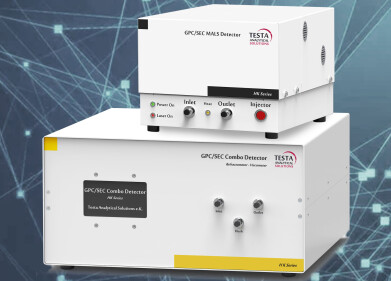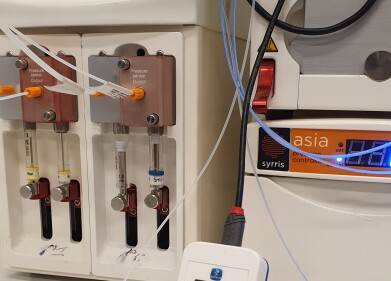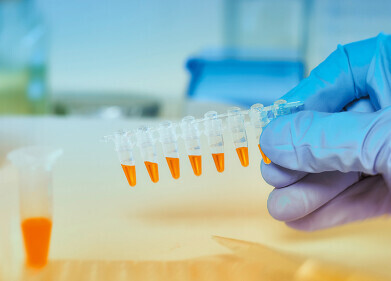Liquid Chromatography
What's the Problem with LC-MS Metabolomics Screens?
Oct 31 2017
A new study into metabolites has revealed what many researchers previously thought. There are not as many metabolites in a sample as we first thought. This follows a pattern first seen in the human genome, when some scientists predicted that the human genome would contain upwards of 100,000 genes. Once the initial results from the Human Genome Project were published in 2001, scientists could start to revise their estimates. It is now thought that there are around 19,000-20,000 genes coding for proteins in the human body.
Now, work carried out at Washington University in St. Louis implies that the number of metabolites seen in samples and data sets could be significantly smaller than previously estimated. The study — published in Analytical Chemistry — suggests that up to 90% of the peaks seen in E. coli samples could be just noise.
Metabolomics — big study of small molecules
Metabolomics is the study of the substrates and products of metabolism — the chemical changes that occur in cells, tissues and organism because of interactions in a biological system. By studying metabolomics, researchers hope to understand the underlying biochemical activity and determine which genetic or environmental factors affect the changes.
The metabolome is the sum of all the metabolites within a cell or tissue. It is continuously changing since cells are alive. A big difference between genetics and metabolomics — metabolites are not made from building blocks like genes and as such are incredibly chemically diverse. But how many metabolites are there — and are all data points real?
Sorting the signal from the noise
Since researchers started studying metabolomics there has been a conundrum that they couldn’t explain. The number of signals they detected in metabolomics experiments suggested significantly more metabolites that were thought to exist and were found in textbooks. Were all the biochemists wrong and thousands of metabolites were waiting to be discovered? Gary Patti, senior author on the paper:
“Of course, the knee-jerk reaction is to assume that most of the signals that do not return matches in databases correspond to unknown metabolites that have never been reported before.”
Typically, a metabolomics experiment is run using liquid chromatography-mass spectrometry (LC-MS) and reveals thousands of peaks, most cannot be identified. The use of LC-MS to analyse biological samples is discussed in the article, Enhanced Peptide Identification Using Capillary UHPLC and Orbitrap Mass Spectrometry. The missing peaks were assigned to missing metabolites — but are they really missing metabolites?
According to the team from St Louis, in the study on E. coli, all the extra peaks are just noise. Co-author Nathaniel Mahieu stated:
“It turns out that more than 90 percent of the signals we see in E. coli data are essentially noise. This greatly reduces the number of unknown metabolites that we thought we were detecting.”
Which means, we are a little closer to understanding what goes on in our bodies.
Digital Edition
Chromatography Today - Buyers' Guide 2022
October 2023
In This Edition Modern & Practical Applications - Accelerating ADC Development with Mass Spectrometry - Implementing High-Resolution Ion Mobility into Peptide Mapping Workflows Chromatogr...
View all digital editions
Events
Apr 23 2024 Kintex, South Korea
Apr 23 2024 Seoul, South Korea
Apr 28 2024 Montreal, Quebec, Canada
May 05 2024 Seville, Spain
May 15 2024 Birmingham, UK













